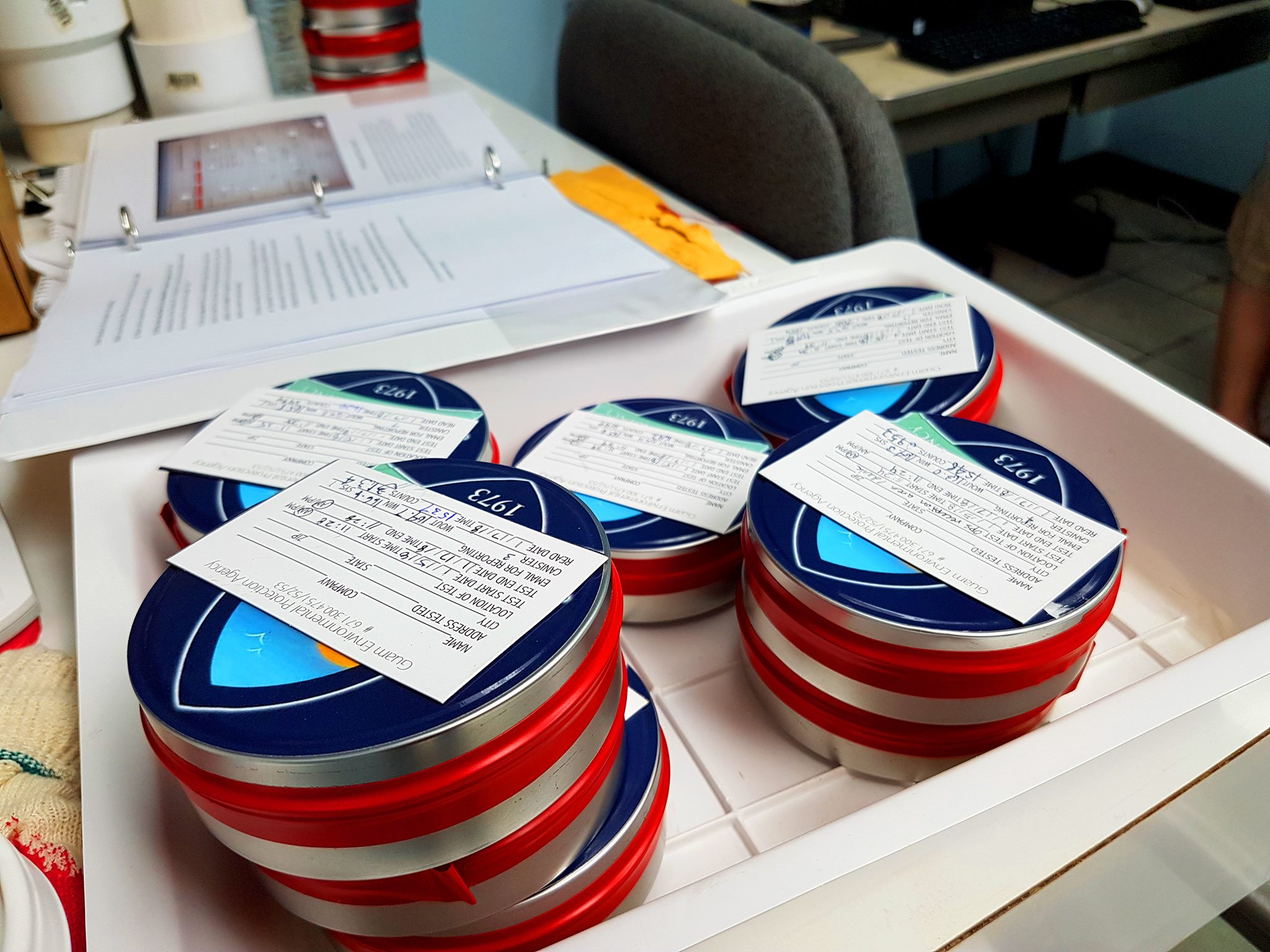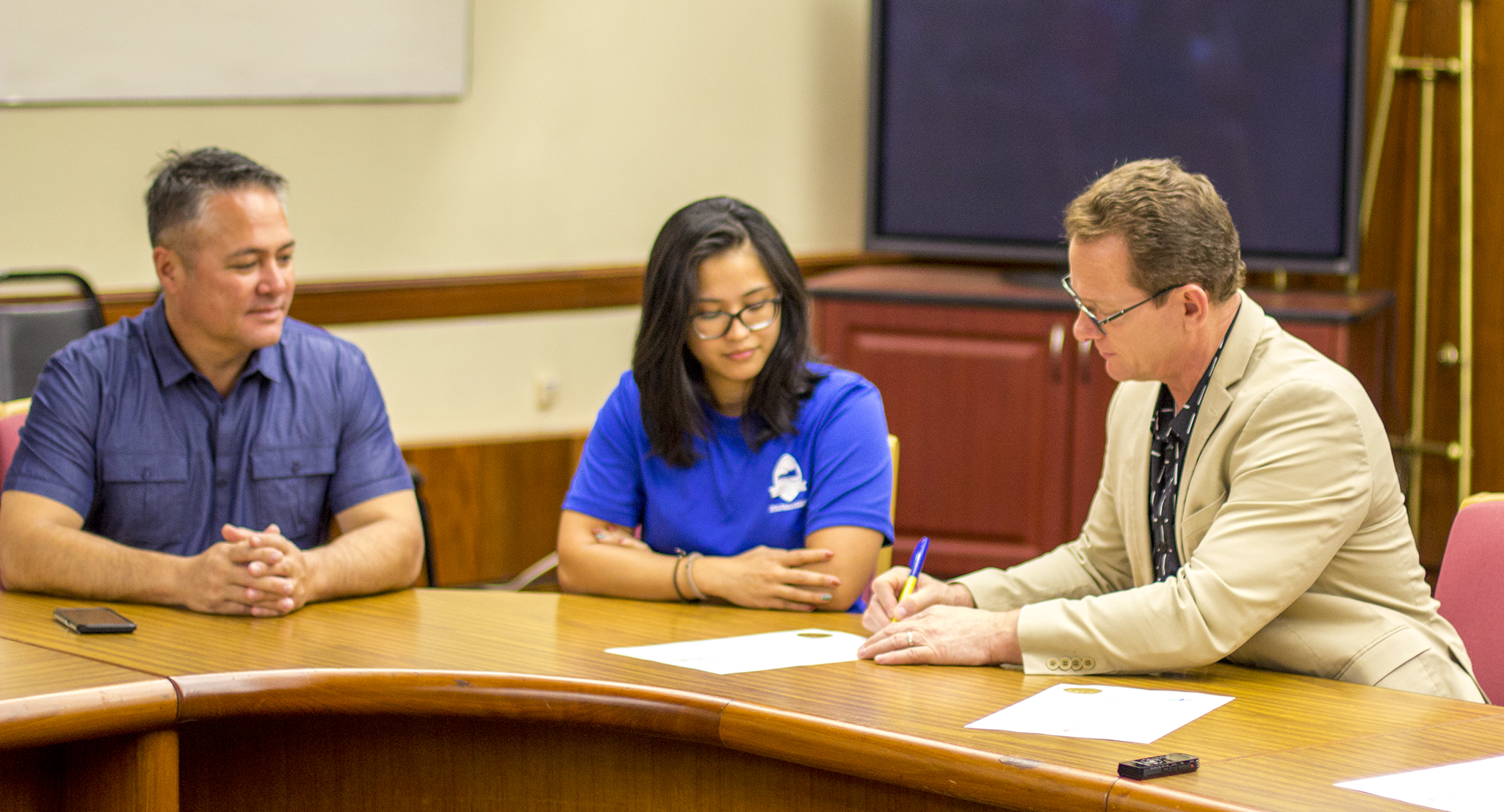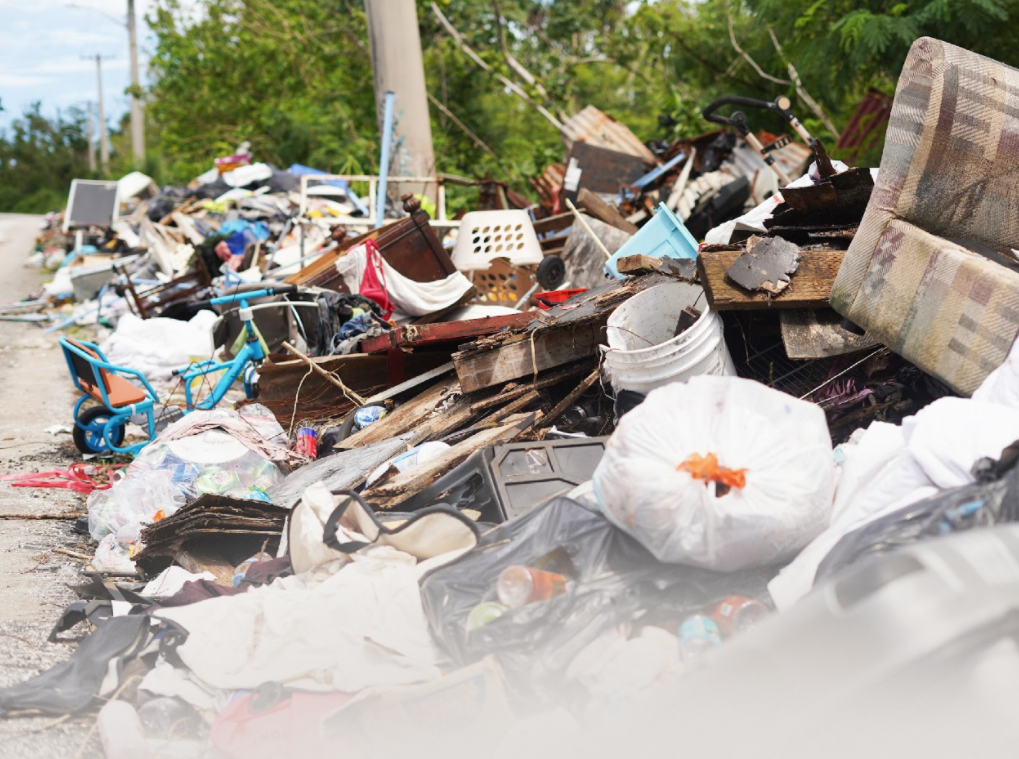NEWS: Guam EPA Recognizes Radon Action Month, completes new radon lab installation
January 23, 2018 (Tiyan, Guam) — The Guam Environmental Protection Agency (Guam EPA) has completed the installation of its new radon testing laboratory. The lab features the latest in radon detection technology married with sustainable software and hardware enhancements that will bring Guam’s radon testing capability to the forefront and on par with our national counterparts. Proficiency performance testing and calibration for the lab have been completed this month with the assistance of Dr. James F. Burkhart, physics professor at the University of Colorado, Colorado Springs, Colorado and director of the Western Regional Radon Training Center established by the U.S. Environmental Protection Agency. Guam EPA looks to obtain certification for the agency radon lab in March.
Radon is a radioactive, tasteless, colorless and odorless gas that forms from the natural decay of certain elements in rocks and soil. As a result of this decay, radon gas is emitted into the atmosphere and can seep into home and office buildings. Radon is classified as a carcinogen and long-term radon exposure has been linked to lung cancer. Radon levels are measured in “picoCuries per liter (pCie/L)” and the action level for mitigation in your home or office is 4pCie/L of air.
“Radon Action Month” is traditionally recognized in January. This year, Guam EPA acknowledged Radon Action Month with a proclamation signing ceremony with Lieutenant Governor Ray Tenorio at the Governor’s Complex in Adelup on January 23, 2018. Radon Action Month is a national campaign that aims to raise awareness about the dangers of radon in the home and office and how mitigation techniques can be implemented to reduce the amount of radon exposure. According to the USEPA and the Surgeon General’s Office, radon is the second leading cause of lung cancer in the United States, just behind tobacco smoking. Statistics show that radon related lung cancer claims some 24,000 lives annually – claiming more lives than drunk driving and drowning.

Guam EPA Administrator Walter S. Leon Guerrero stated, “Previous studies conducted by our agency have shown that radon is problem on Guam and that testing your home or office is the only way to determine radon levels.” Leon Guerrero also adds, “We are pleased to be working with USEPA’s Indoor Radon Program and we are grateful for the funding that Guam EPA has received through our consolidated grant to outfit our lab. We look to continue to enhance our service to the public through this lab.” Additional support for the Guam EPA’s radon lab has also come by way of a memorandum of agreement between the agency and the University of Guam. Testing for radon in your home or office is easy and inexpensive and should be done at least once every five years. The type of mitigation that is required to reduce radon exposure in the home or office depends on the current radon level in the structure.
Guam EPA is conducting beta testing and staff development in order to ensure efficiency for residents who wish to have the agency test their homes for radon. Guam EPA will inform the residential community when the service will be available once the outreach phase is finalized.
For more information about radon testing and mitigation on Guam, please contact the Guam EPA Air Program Supervisor, Roland Gutierrez by telephone at 671-300-4751 or via email: roland.gutierrez @epa.guam.gov





